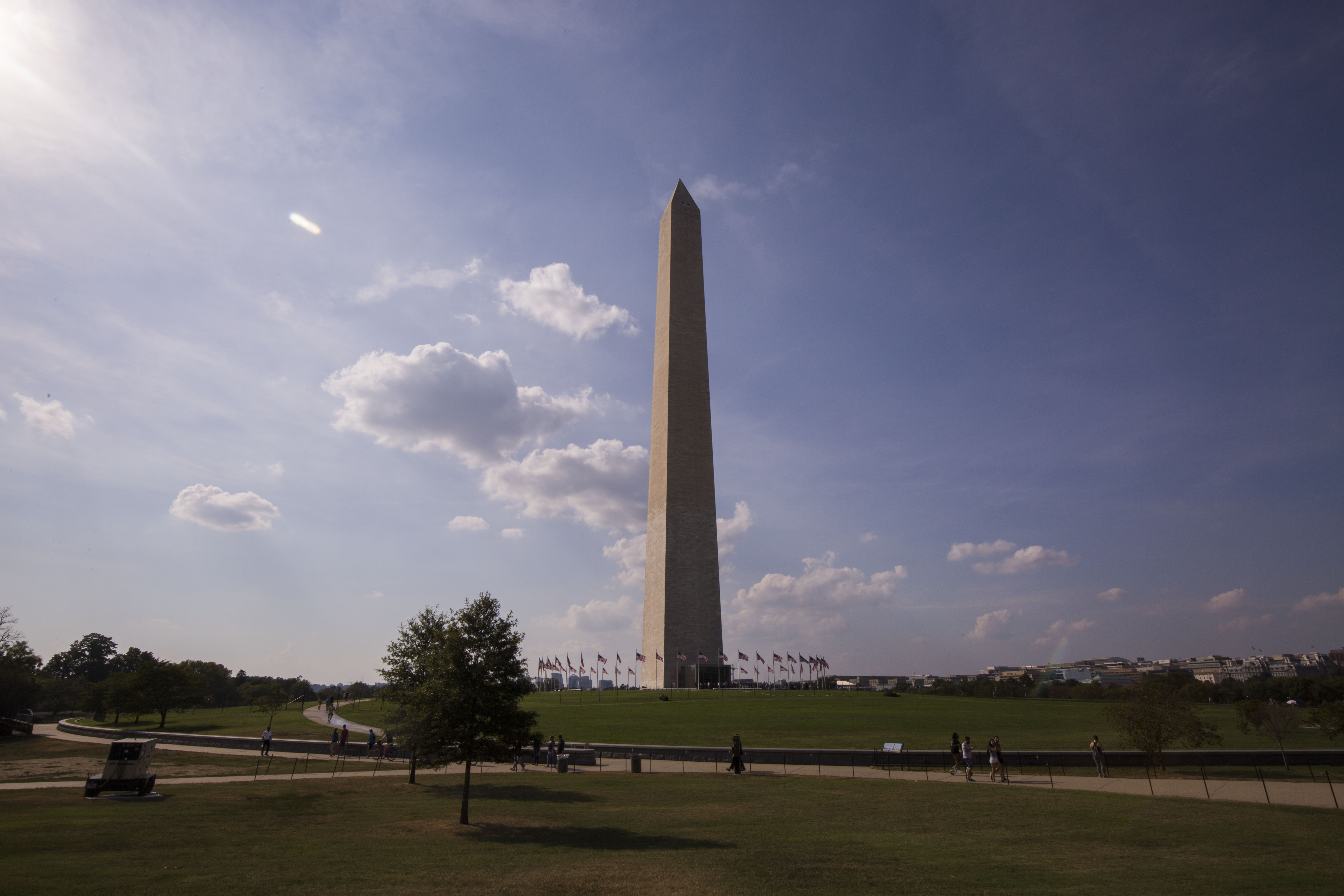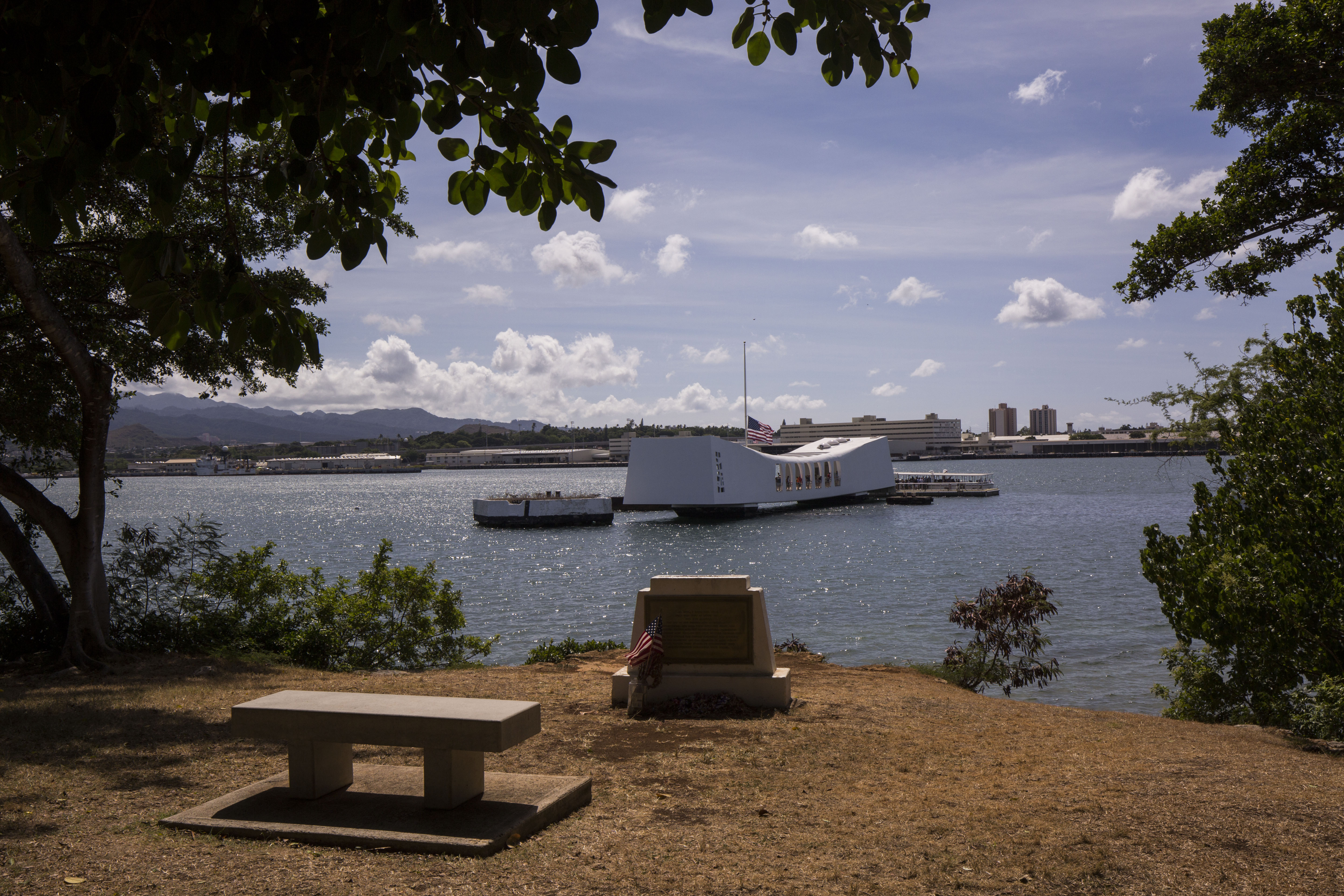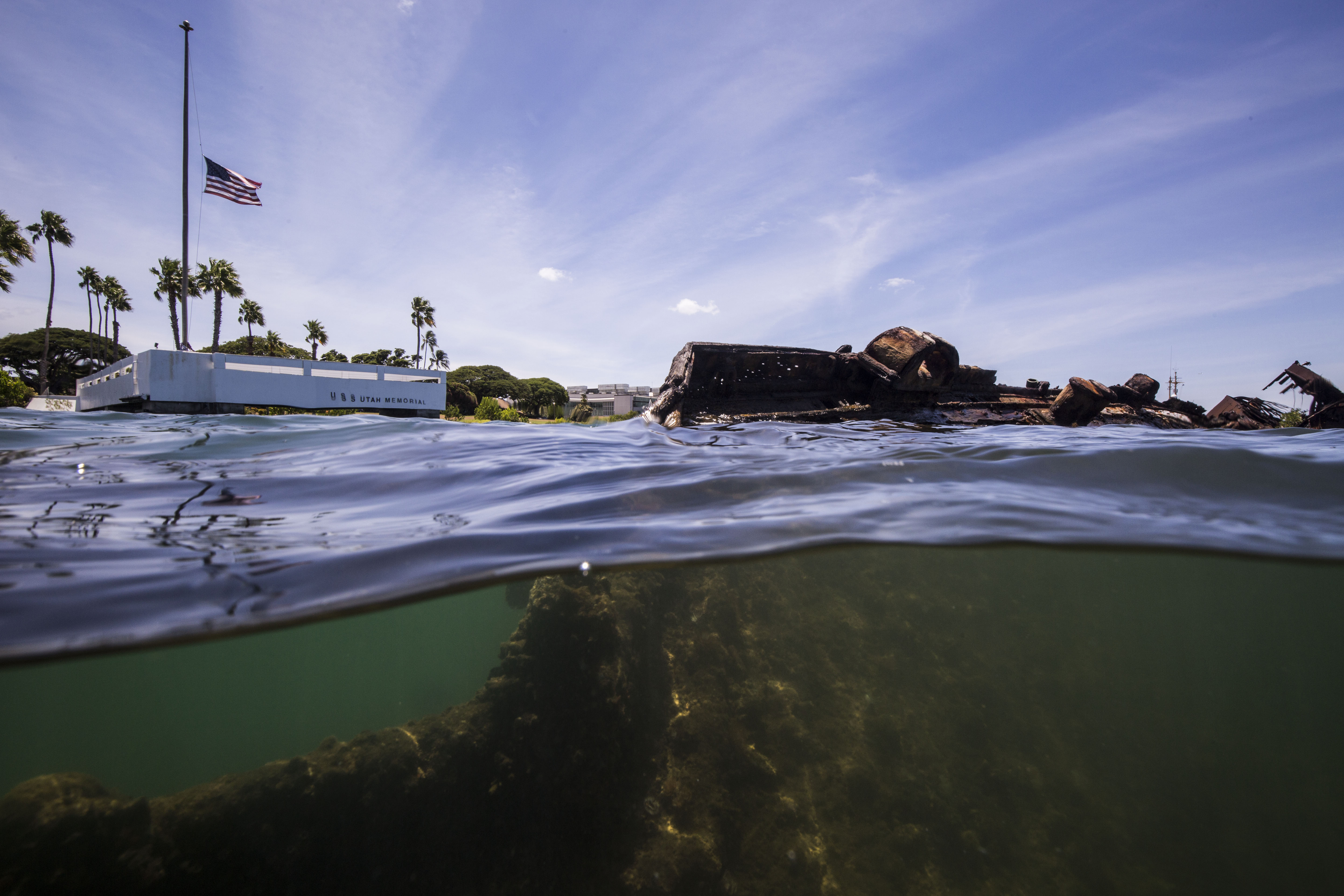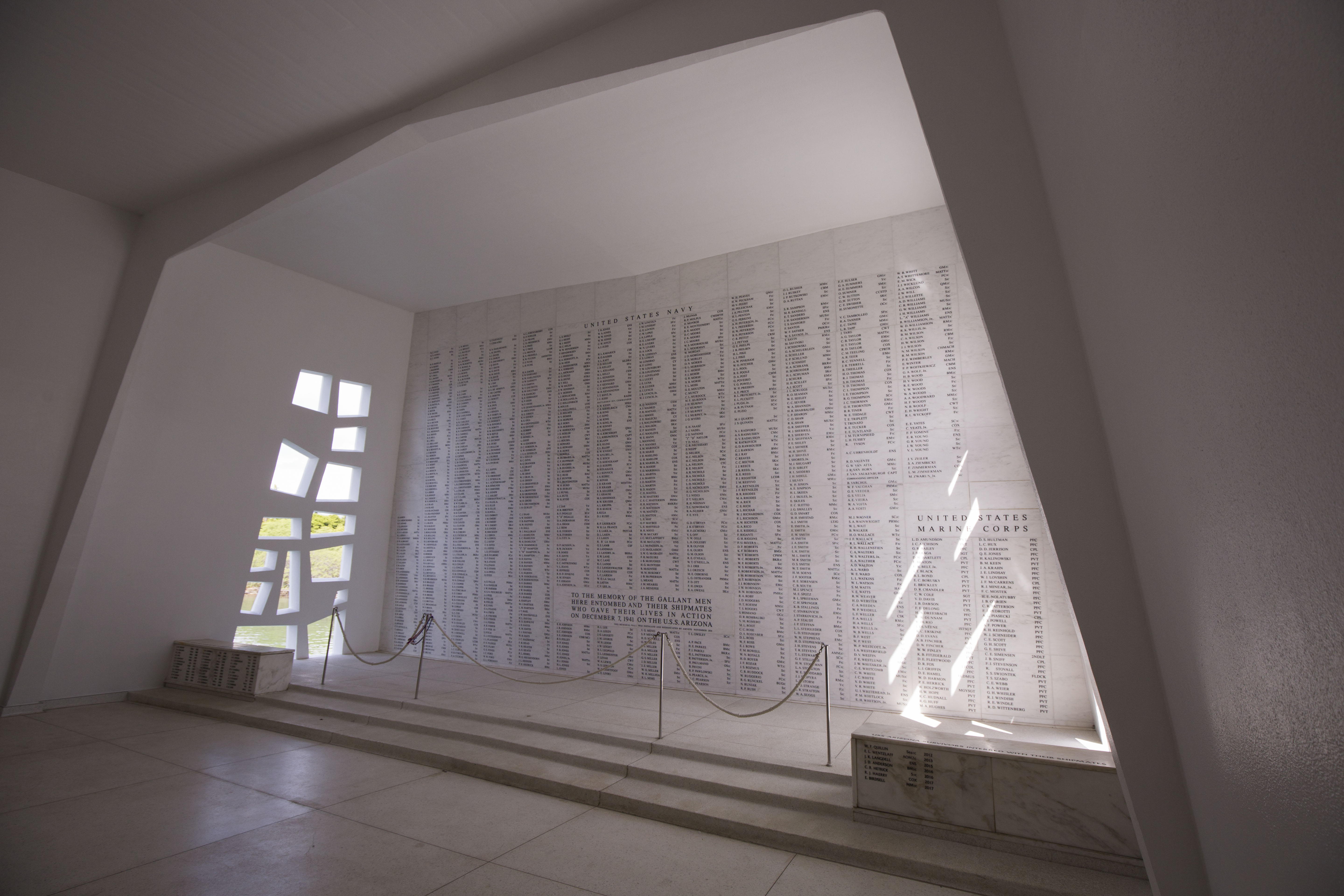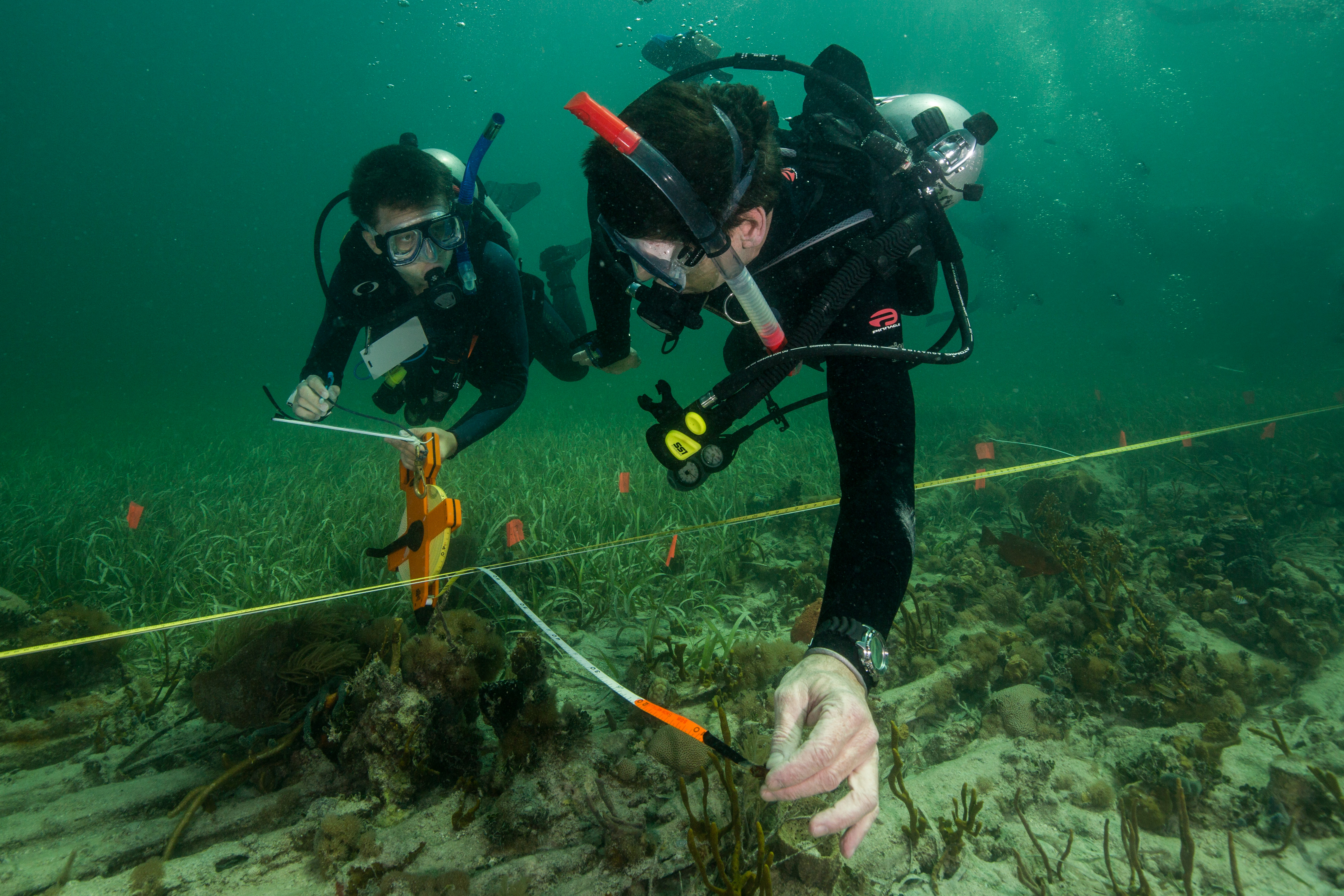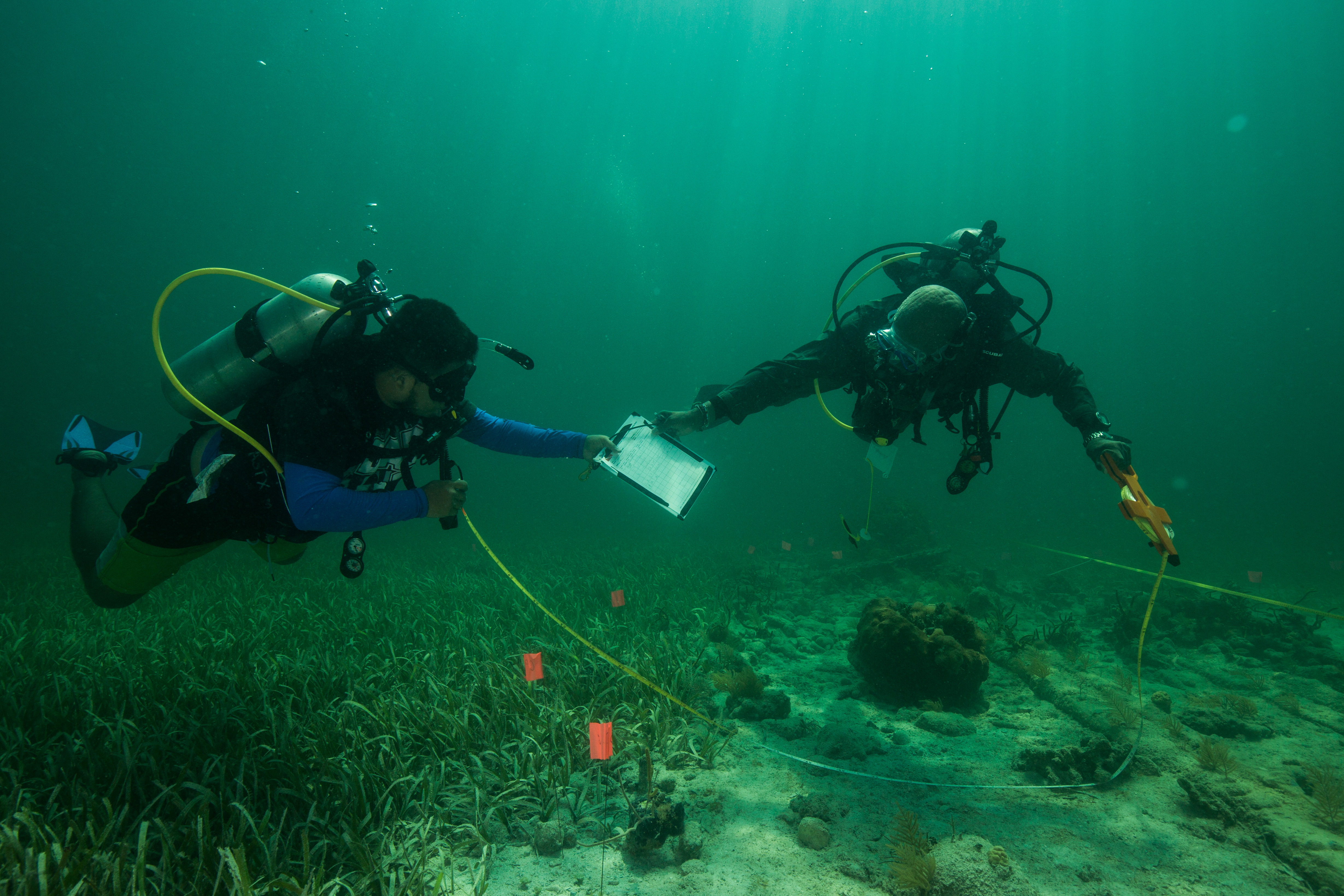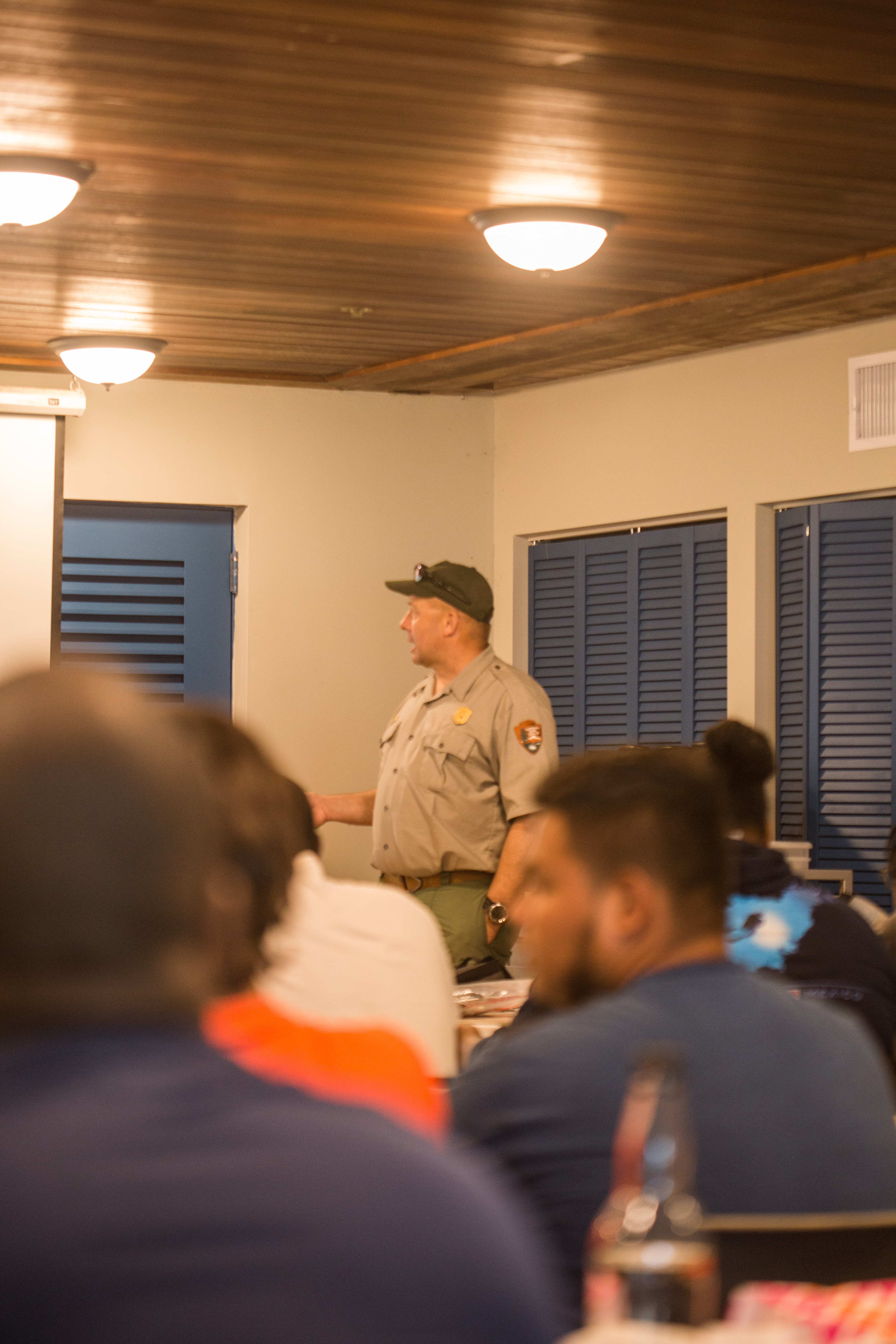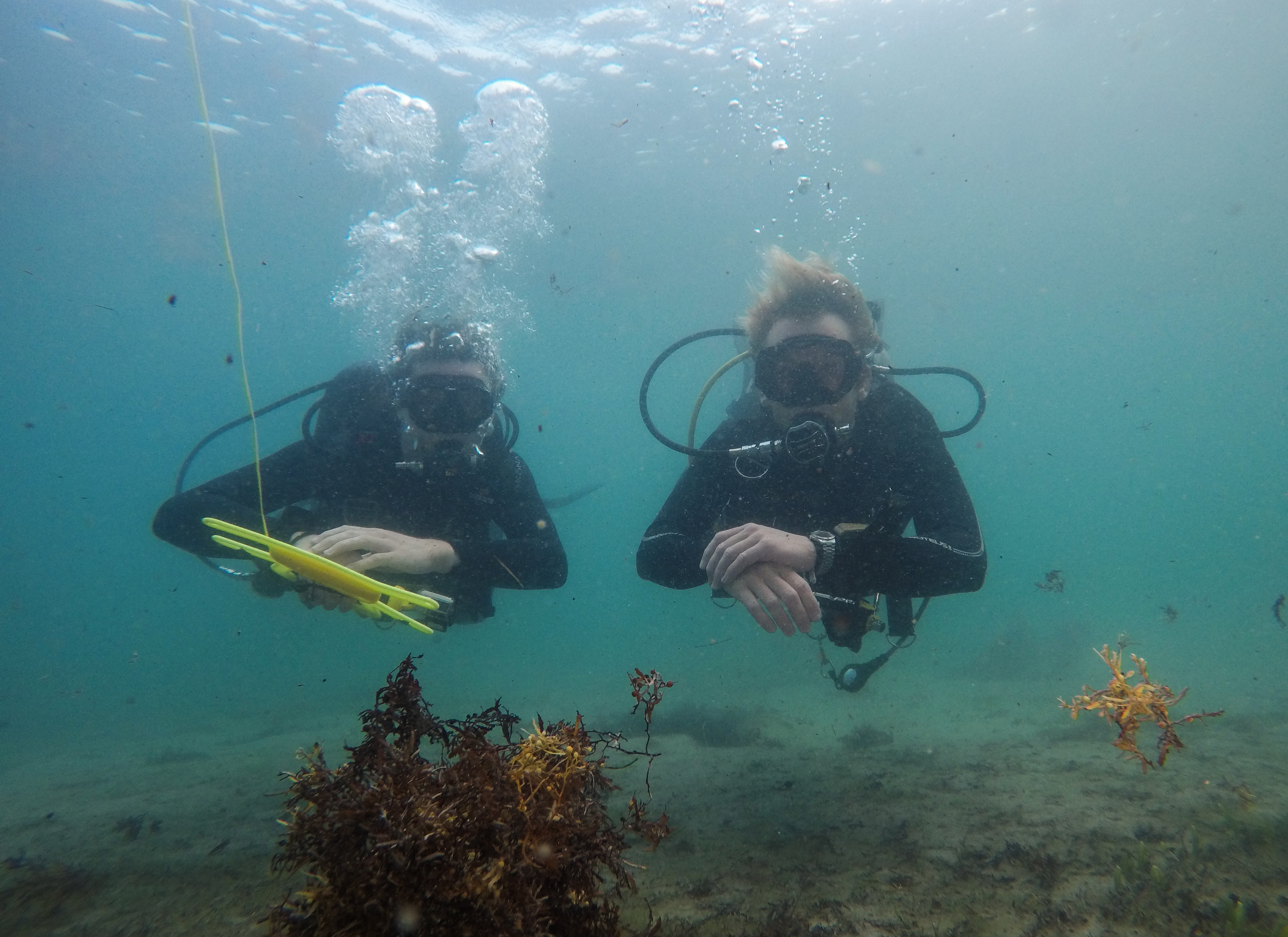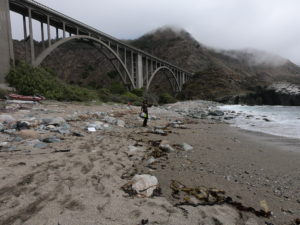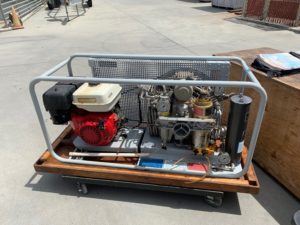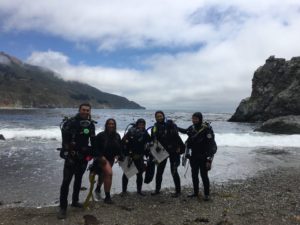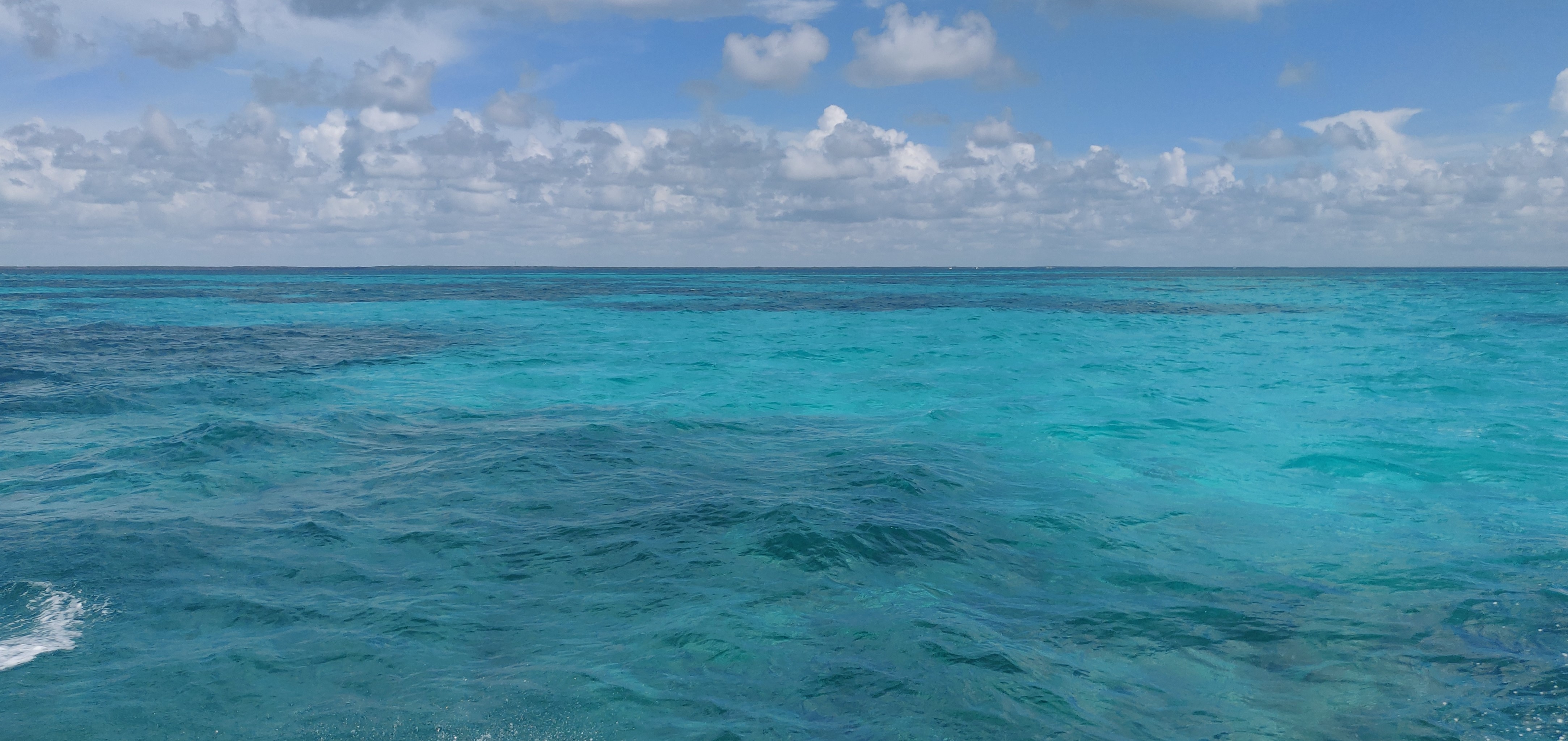
Between long dive days, spending free time with the crew, and exploring the island, week two on St. Croix passes quickly. We continue conducting fish and benthic surveys for the National Coral Reef Monitoring Program (NCRMP) during the day, and the evenings become focused on data entry. On a good day we conduct around seven site assessments, and each site assessment needs to be entered into the National Oceanic and Atmospheric Administration’s (NOAA) online data system. Data entry can be tedious, especially when survey sites are particularly fishy (lots of fish species and measurements to enter), but it’s fun with the University of the Virgin Islands (UVI) and National Park Service (NPS) crews. On some nights, I hang out with the NPS guys. We all banter while Jeff prepares his nightly chicken and barbeque sauce dinner, and I bounce between checking out Lee and Mike’s underwater photos and entering data on my laptop. Other nights, I meet with the UVI group and finish data entry while listening to music, watching movies, and comparing our days on the different boats.
As the project continues, I find myself more and more elated to be diving again, especially after 2020, the year of jarring isolation. Scuba diving on a daily basis “fills my cup” — there is nothing quite like breathing underwater and being immersed in the ocean. It provides a sense of peace and perspective that has always been difficult for me to find above water. As soon as I descend, my senses settle with the quiet calm and I focus solely on the present moment. I can’t quite explain it, but I soak up the time underwater as we continue to survey the reefs. The more time I spend diving around St. Croix and working with the NCRMP team, however, the more I’m faced with an unsettling, somber realization.
At face value, this job may seem like a vacation of sorts, a lucky chance to spend two weeks on a Caribbean island and dive to my heart’s delight. However, for marine biologists (especially those working in the Caribbean), diving every day is not equivalent to a carefree vacation. In fact, it’s quite the opposite. Everyone involved in the NCRMP project comes from a marine science background. We all choose this field (or it chooses us, some might say), and from my perspective, everyone is incredibly passionate about what they do. That being said, having a deeper knowledge of coral reef ecosystems inarguably makes it more emotionally taxing to dive amongst the reefs because we cannot help but see what is happening — they’re dying. They’re being wiped out by diseases and bleached by warming waters. It’s impossible for someone who studies these delicate ecosystems to be ignorant of the ghostly white, ever-growing presence of bleached corals and the algae-covered skeletons that were once vibrant and thriving. Personally, I find it consuming my thoughts as I spend my second week on St. Croix. I feel a self-imposed pressure to make these blog posts lighthearted and cheery, but I also believe that the SCTLD outbreak in the Caribbean is a crisis, and it is incumbent upon me to write about the somber reality of being a marine biologist in this day and age.

SCTLD takes over a brain coral. The white side has been killed by the disease. Photo credit: Dan Mele
In the last decade, Caribbean reefs have experienced unprecedented declines due to overwhelming stressors, from warming waters, to increased hurricane damage, to novel infectious diseases. These phenomena are global, but within the realm of the Caribbean, specifically, we’ve seen the rise of a new disease in particular. Stony Coral Tissue Loss Disease (SCTLD) has been wreaking havoc on the Caribbean reefs since it first appeared off the coast of Florida in 2014. SCTLD is a highly lethal, infectious disease known to affect over 20 species of hard corals, and it can quickly turn a diverse, bustling reef into a graveyard. The disease spreads rapidly — it can kill a hard coral within a month (note, some of these corals can be hundreds of years old) and spreads easily through the water column.
Marine biologists have to deal with disease — it’s part of being a biologist. But SCTLD in particular is hitting hard, and not just underwater. Emotionally, it’s taking a toll on researchers and field techs in a way that I didn’t fully understand until coming to St. Croix. For one, it’s an unavoidable topic. It’s at the forefront of everyone’s minds because, frankly, it’s everywhere. Site after site, we jump into the water, descend to the seafloor, and witness the damage. Some corals show the early signs of infection: splotchy white lesions, indicating recently dead areas caused by SCTLD. Other coral bodies have been killed completely, leaving behind colorless, stiff skeletons. At a handful of dive sites, I can’t help but feel as though I’m floating through a mass graveyard, arriving too late to save anything and bearing witness to incomprehensible damage.

A diver looks on at an infected coral. Photo credit: Dan Mele
After a long day, Jeff and I have a conversation about SCTLD as we’re driving the boat back to the marina. Jeff is a coral disease expert and has studied coral reefs since the mid-80’s. He’s been diving the reefs around the U.S. Virgin Islands since 1997 (nearly as long as I’ve been alive). I can’t even fathom how many hours he’s spent underwater, and for the last 25 years he’s been a firsthand witness to the Caribbean reefs’ changes. There’s a mixed emotional response from him as we talk about SCTLD and the state of the reefs in the U.S. Virgin Islands — a cocktail of exasperation, frustration, and sadness. I share these feelings with Jeff, and I find myself constantly wondering why other people don’t feel the same intense emotional response that Jeff and I do when we talk about the ocean and the future of coral reefs. We’re watching a natural disaster unfold before our eyes. Why aren’t more people talking about it? Why aren’t more people doing something about it? Where’s the sense of urgency?
I’ve lived in the foothills of Colorado for the last five years. Last summer, I watched three forest fires sweep through my local mountains within a week. When night fell, I would look west and see the glowing red and orange hues of flames dance and pulse on the mountainside. During the day, a dense cloud of smoke and ash hung in the sky. The fires were raging for weeks, forcing people out of their homes and destroying much loved recreational areas and trails. But, as soon as the fires appeared, the community was there. There were so many people driving into the mountains to try and help firefighters that public statements had to be released to tell people to stay home. There were fundraisers. There were donation events. There were news articles and updates every day. The community was watching the mountains they loved burn down, and they wanted to do whatever they could to fix it.
I have to think that if the reefs around St. Croix were forests, and coral diseases like SCTLD were forest fires, the general public would be up in arms, donating money to rescue groups and rallying the community to help out however possible. If only they could see the reefs with their own eyes and understand SCTLD’s overwhelming presence, they would understand. Because this ecosystem lies beneath the waves and out of everyday view, though, many people struggle to understand that the same level of destruction that a forest fire imparts on a forest is happening to the coral reefs right this very second.

SCTLD initially forms small white lesions on coral before eventually spreading over the entire structure. Photo credit: Dan Mele
This unfortunate reality is largely a result of barriers — barriers in communication and barriers in knowledge and understanding. A world-class photographer with a top-of-the-line camera system can take photos of SCTLD underwater. It’s taking photos that emotionally captivate and engage viewers that’s necessary, but challenging. Social science suggests that people consume information that aligns with their personal experience and worldview — in other words, people tend to care about the things that directly relate to their own lives. However, the majority of the population does not scuba dive. There’s a notable portion of the global population that has never even seen the ocean, let alone been in it. This leaves people like me, Jeff, and other marine biologists with a rather daunting challenge: conveying the urgency and significance of a massive problem like SCTLD to people who aren’t directly affected by it, and as a result, don’t really care.
I’m always one to take on a challenge, but I can’t help feeling frustrated by how hard it seems to bridge the communication barrier between marine biologists and the general public. Sometimes our efforts seem like those of Greek legend Sisyphus, the man who was condemned by the gods to live out his eternal life rolling a large boulder up a hill, only to have it roll back down once he reached the hilltop. Realistically, we cannot fully erase the damage that SCTLD has done. As Jeff reminds our crew throughout the week, “you’re never going to see these reefs look like this ever again in your lifetime”. Despite that potential truth, as I work with the dedicated organizations and people involved in the NCRMP project, I am motivated by the fact that all of us still believe that the boulder is worth pushing. More so, they consistently push as hard as they can, day in and day out. They recognize that every bit of time, effort, and action matters when it comes to facing issues like climate change and SCTLD, and there’s an unspoken agreement amongst us as we move through the project: knowing that you can’t completely solve a problem does not mean that you shouldn’t continue to make the situation better.

A close-up of an infected brain coral. Photo credit: Dan Mele
NOAA and the NPS are both driving forces in preserving and protecting areas like the Virgin Islands coral reefs, funding research efforts, and communicating the significance of protected areas to the public. They make missions like NCRMP possible. There’s also the University of the Virgin Islands (UVI), which has established a successful coral restoration program, where broken pieces of coral are collected from the reefs, grown and multiplied in their coral nursery, and planted back on the reef. All of the UVI grad students and lab techs involved in NCRMP are also heavily involved in the coral restoration program, and I can tell you that it’s in great hands. Meanwhile, The Nature Conservancy operates a coral laboratory and nursery on St. Croix, and has partnered with leading coral science organizations to tackle the Caribbean reef crisis with novel technologies and experimental techniques. Collectively, these organizations continue to do what they can to mitigate damage to ocean ecosystems, rebuild what’s been lost, and encourage further conservation efforts.
As I pack my bags and prepare to depart from St. Croix, I continue to reflect on my experiences over the last two weeks. One of my primary goals when I began this internship was to share what I learn along the way in a thought-provoking, engaging manner — I want to close the communication gap between those with their boots on the ground and people who aren’t directly exposed to the ongoing issues and efforts in the national parks. This project has motivated me even more to do just that. Thank you to everyone from the NCRMP mission for welcoming me onto the team, sharing your thoughts and stories with me, and helping make the first project of my internship a success. Additionally, a big thanks to Dan Mele for allowing use of his photography in this post. Next stop: Biscayne National Park!

Last day of NCRMP celebrations! From left: Jeff, me, Kaya, Kristen, and Mike




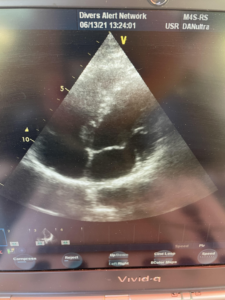
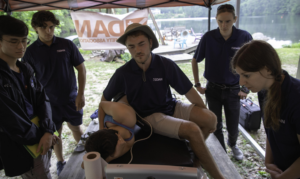








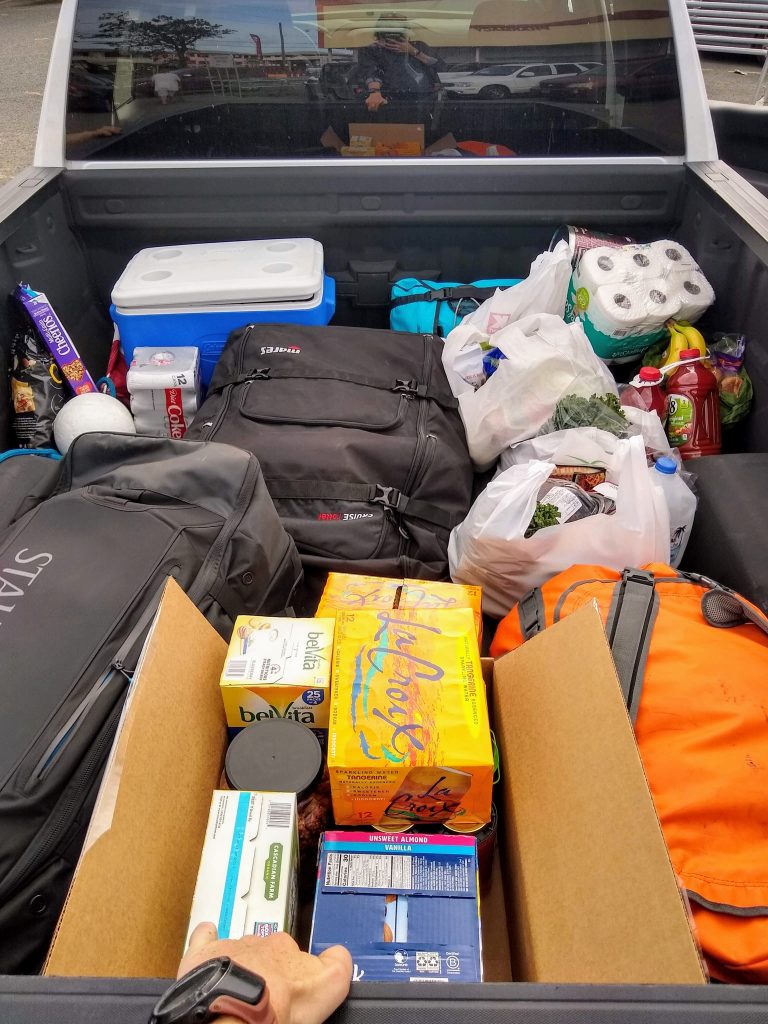
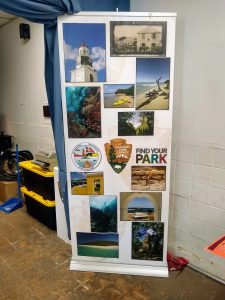





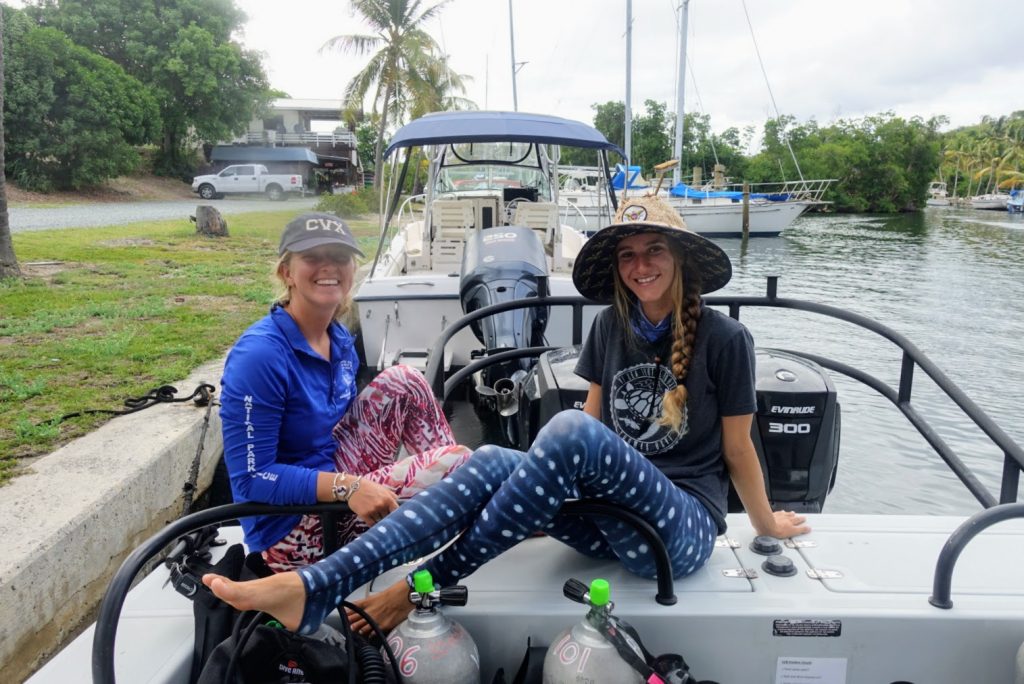







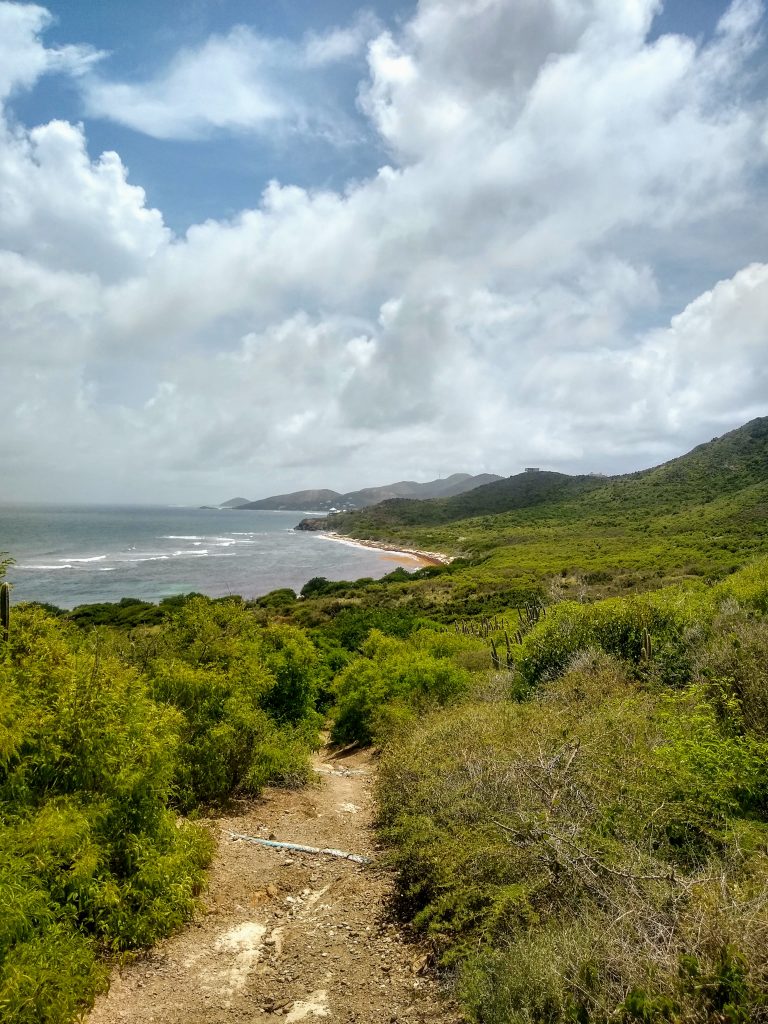







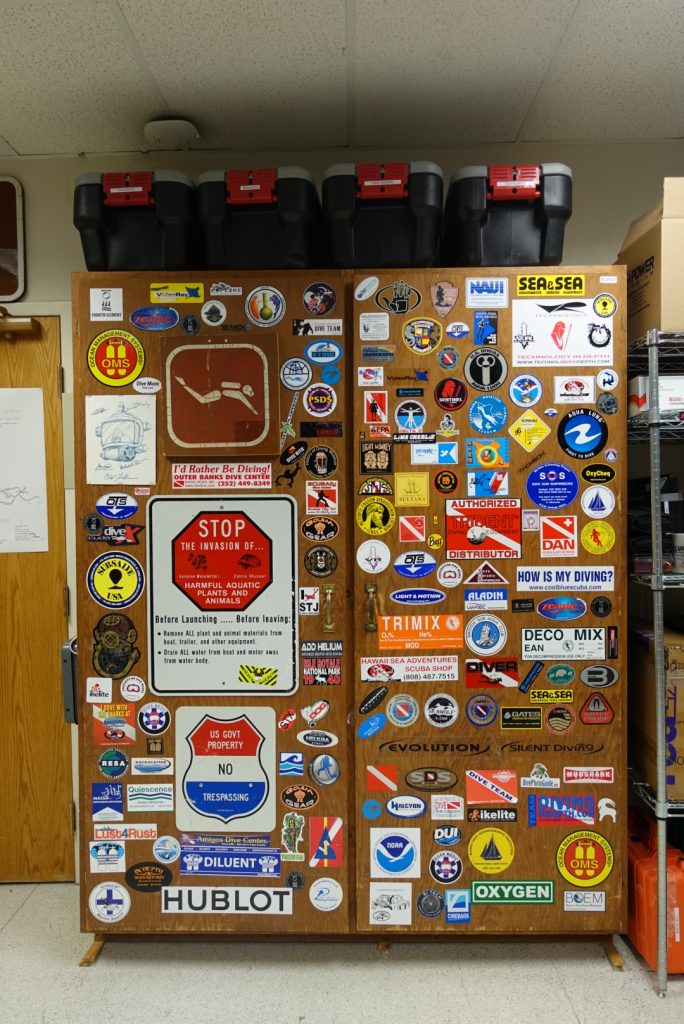



 My new favorite hat, and one last run at home before a summer of travel!
My new favorite hat, and one last run at home before a summer of travel! 